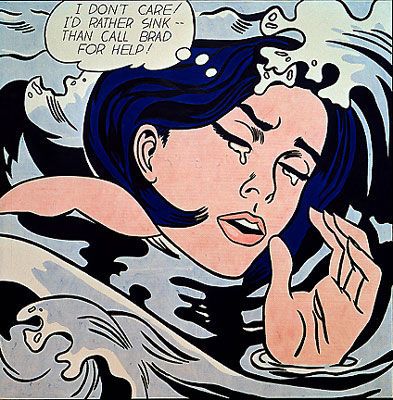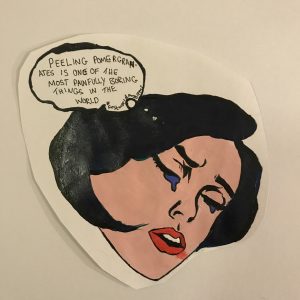Banksy is a British street artist, working with spray paint his works are scattered across the world, but mostly in London and Bristol. Along with spray painting, he has also been involved in filmmaking and sculpture. With his work touching on political and social issues, he also does add a kind of humor, which leaves his work with an almost wit to it. This image for example shows how we have a huge amount of social issues at this moment it time, worrying more about how people online perceive us rather than the connections we are able to make in person. Which to me is actually a huge part of my growing up, with technology advancing people are more bothered about how they come across on social platforms and spend more time on their phones than actually speaking to each other. Banksy goes straight to the point with his work, not beating around the push or making it seem anything other than what it is. His brutality makes people intrigued as it is exactly how it is, along with this piece he has also done works that are controversial, such as one of a young boy who looks like he would be throwing something like a bottle during a protest of some sort, yet in his hand is flowers. Which is on the humorous side of his work, showing what things could change and how we would all be better off if that was the case, the lightheartedness contrasted with straight to the point means everyone can take something from his work.
http://designtaxi.com/news/393849/Banksy-s-Real-Identity-May-Finally-Have-Been-Revealed/
http://hubwav.com/banksy-posts-walled-off-hotel-official-instagram/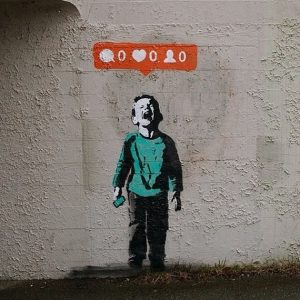
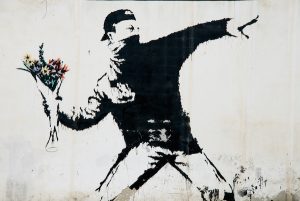


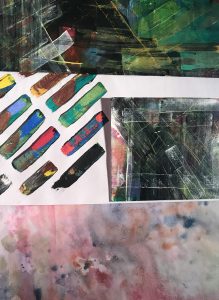
 imagination
imagination